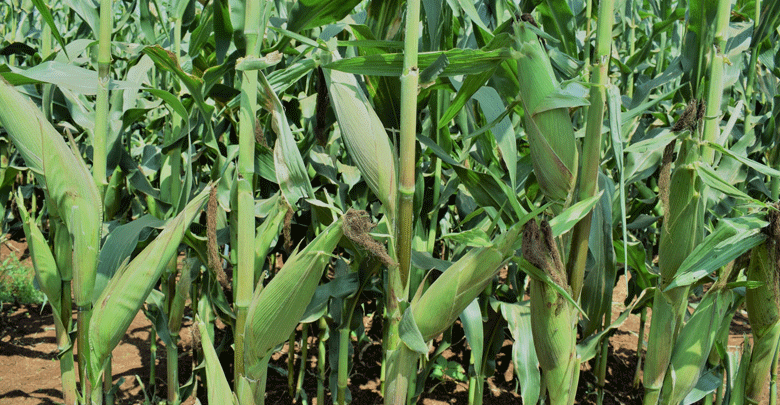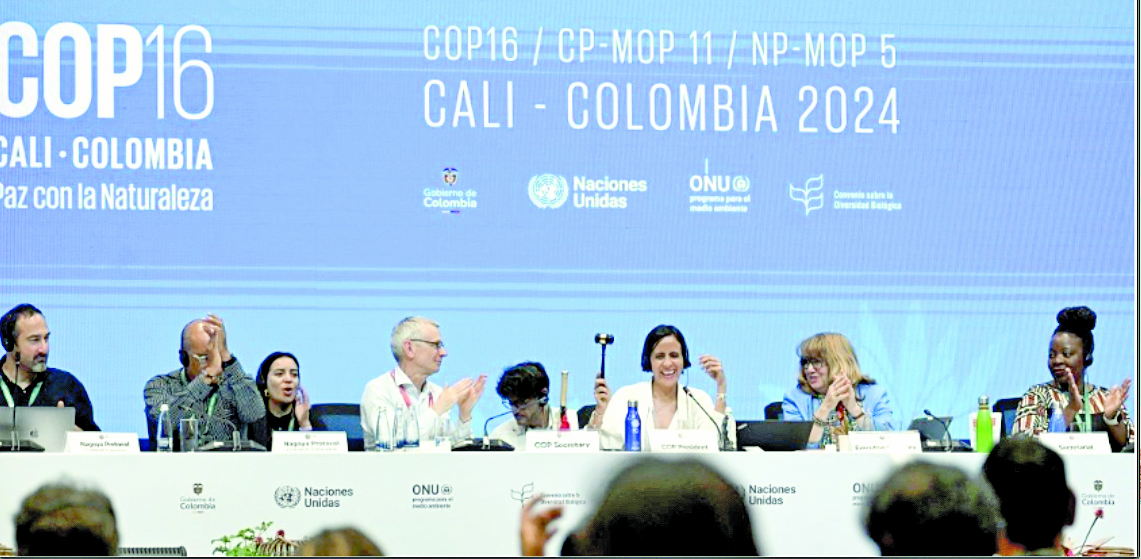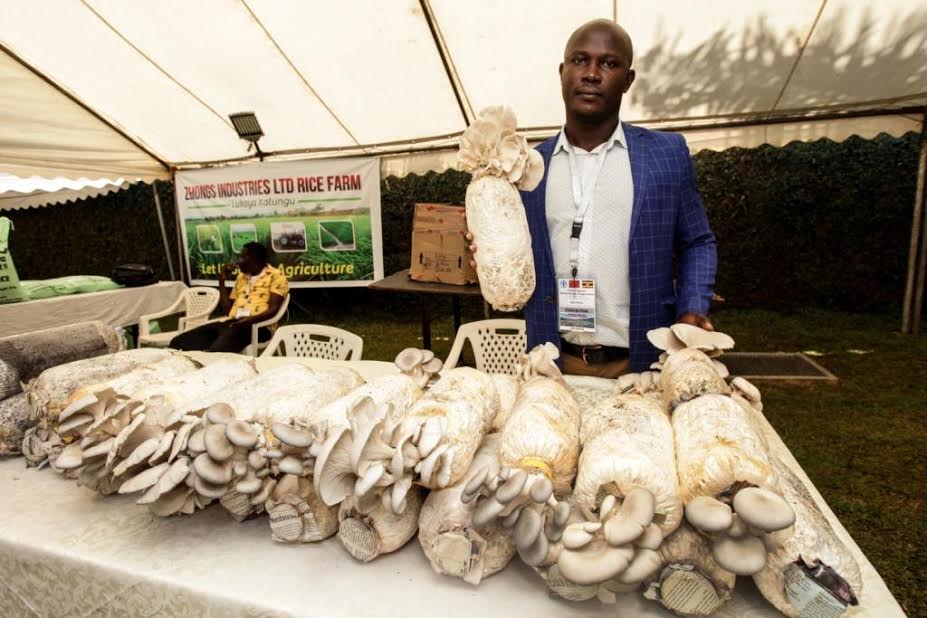New collaboration key to East Africa’s food security

Pieter Bastiaanssen
With the world’s population predicted to reach 10 billion by 2050, the need to address related challenges such as food insecurity, hunger and malnutrition is becoming increasingly urgent.
According to the Food and Agriculture Organisation (FAO), hunger would impact 9.8 per cent of the world’s population (more than 840 million people) by 2030 if current trends continue.
The problem is unevenly distributed over the globe, and as everyone in Africa knows, the continent is in the eye of the storm.
The statistical context serves as a constant reminder of the current challenge. FAO says 250 million people in Africa are undernourished and demand for high-quality protein sources is increasing in East Africa. The fact that the population could hit 340 million people by 2050, exacerbates the problem.
Resolving these concerns in Africa —and the rest of the world—necessitates immediate action. Conflicts caused by humans, economic downturns and climate change all pose obstacles to access to sustainable food solutions.
Taking East Africa as an example, a variety of challenges such as conflict, drought and inflation are currently causing substantial disruption in the region.
This emphasises how critical it is for the food and agriculture sectors to collaborate, develop and seek wise investments that drive efficient production methods to ensure everyone has consistent access to food.
The new partnership between Unga Group and Nutreco is one such example of the type of collaborations required to help meet the growing demand for protein and improve food security across East Africa.
Nutreco hopes to use the knowledge and know-how of both firms to make this endeavor a success and address the issue of food insecurity in the region by working with Unga Group, a local market leader with vast experience in the region.
The partnership will form two joint ventures in Kenya and Uganda, with both ventures named Tunga Nutrition.
Tunga Nutrition Kenya will expand production capacity at its jointly owned fish feed factory in Nairobi, while Tunga Nutrition Uganda will transform Unga Millers’ dormant flour mill in Kampala into a cutting-edge feed mill that will produce animal feeds and concentrates.
When markets are in the process of developing, it is critical for businesses operating in such markets to transition from an import model to local production in order to continue offering high-quality, low-cost goods. Moving to local production helps markets become self-sufficient and self-sustaining, which improves regional food security.
A larger presence in the region will allow us to interact more closely with the farmers that it supplies its products to, in addition to the production advantage.
As one way of addressing the increased need for protein sources such as meat, fish and eggs, we will collaborate with farmers to improve their on-farm performance and output.
What is evident is that when it comes to raising agricultural output, the three components that must all function together are health, nutrition and farming. Even with the best feed and animal nutrition, an animal’s full genetic potential will not be realised unless the farm’s health and management are of the highest quality.
As a result, we are determined to look beyond simply providing nutrition products and collaborate with farmers to make positive improvements in both health and agriculture, in order to give the market the best chance of success.
With over 100 production facilities around the world, we increased local production presence to six African countries to date. We are committed to feeding the future, and recognise the necessity to expand into markets that demand the most growth and development.
The new cooperation will thus bring major investment to the Eastern African region, assisting Kenya and Uganda in meeting increased demand for food, thereby assisting in the fight against food insecurity and malnutrition in the region.
And as we try to enhance food production output in developing markets, it’s critical that farmers and local feed producers collaborate closely, because in the end, a region’s success depends on a mix of efficient farm management and the application of high-quality feeds.
– The writer is Nutreco Managing Director, Middle East & Africa















